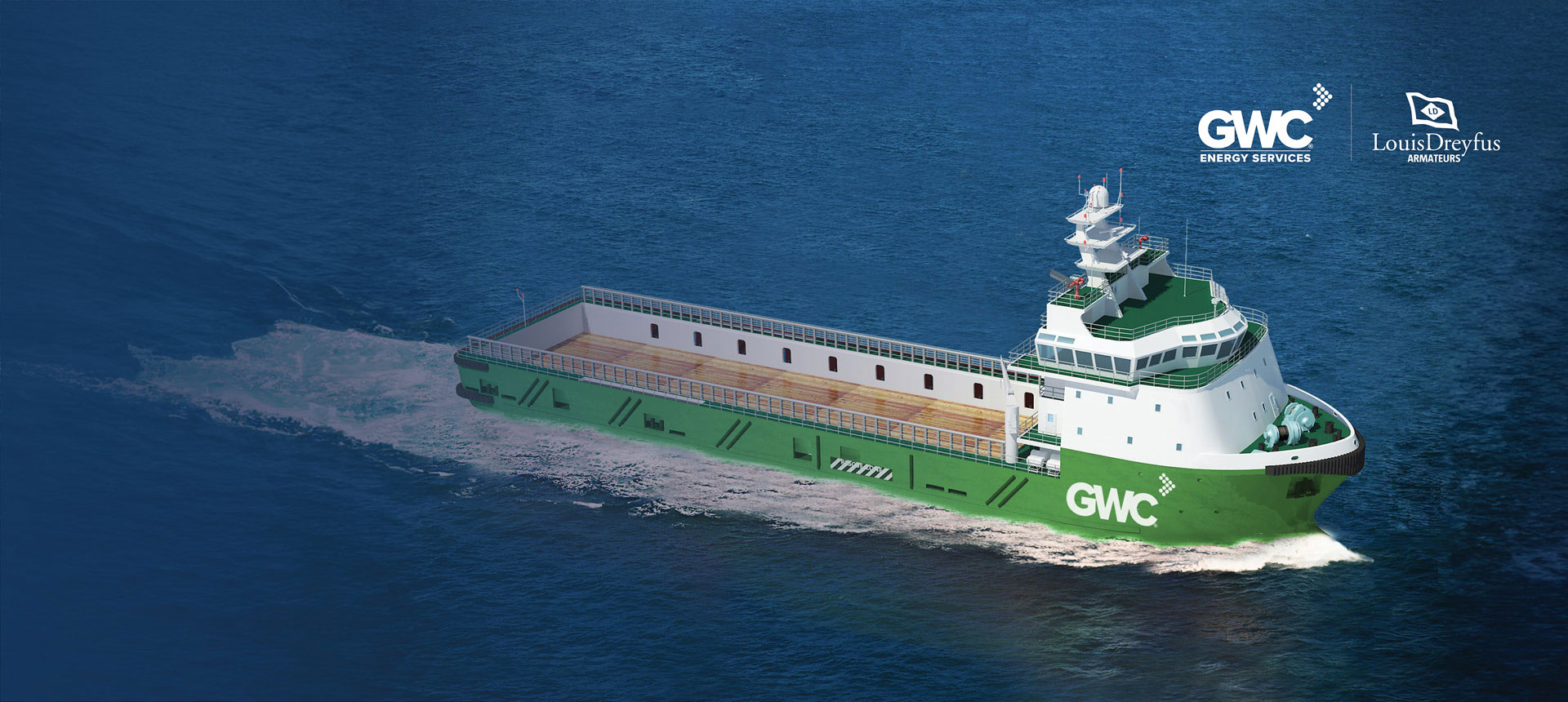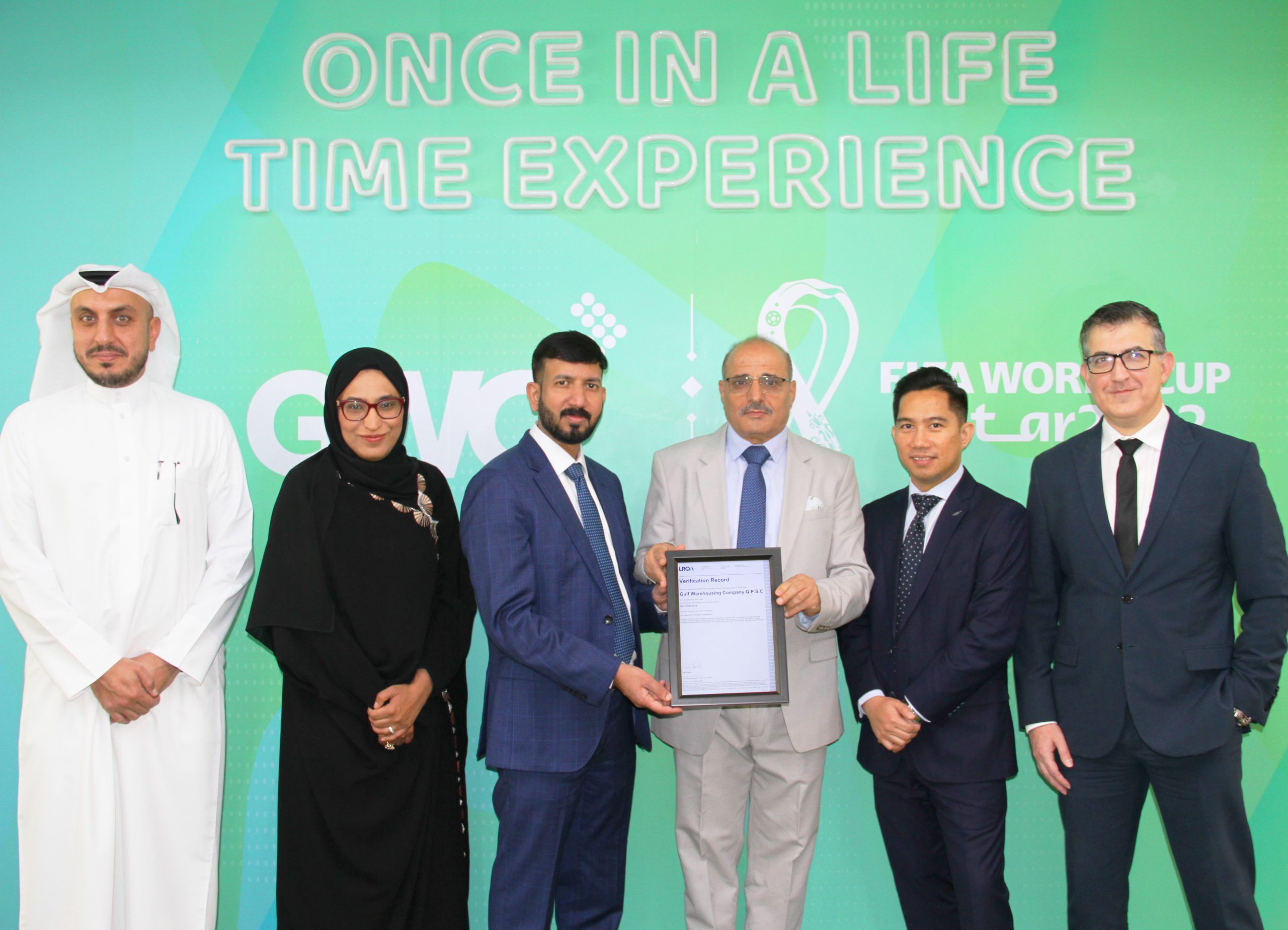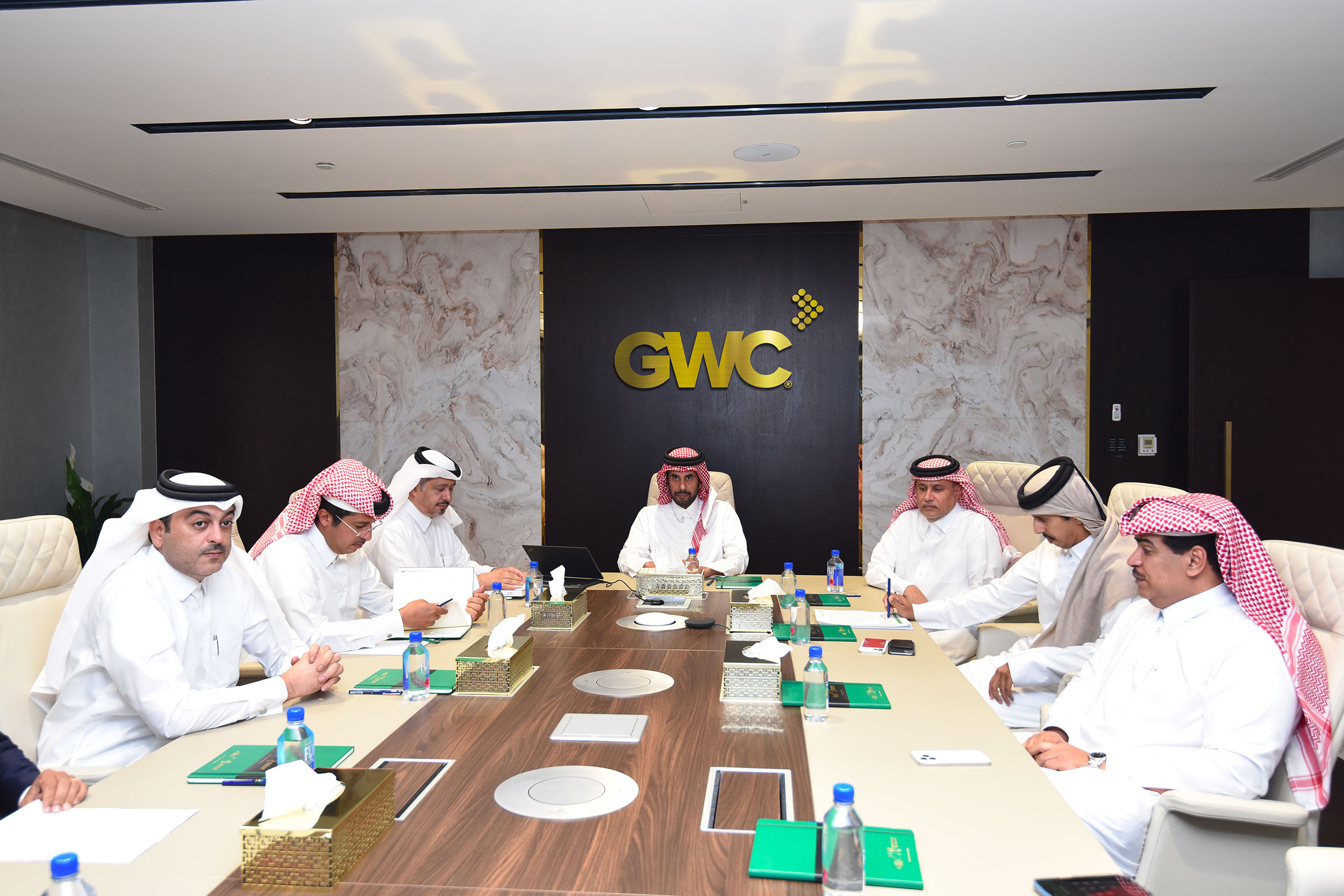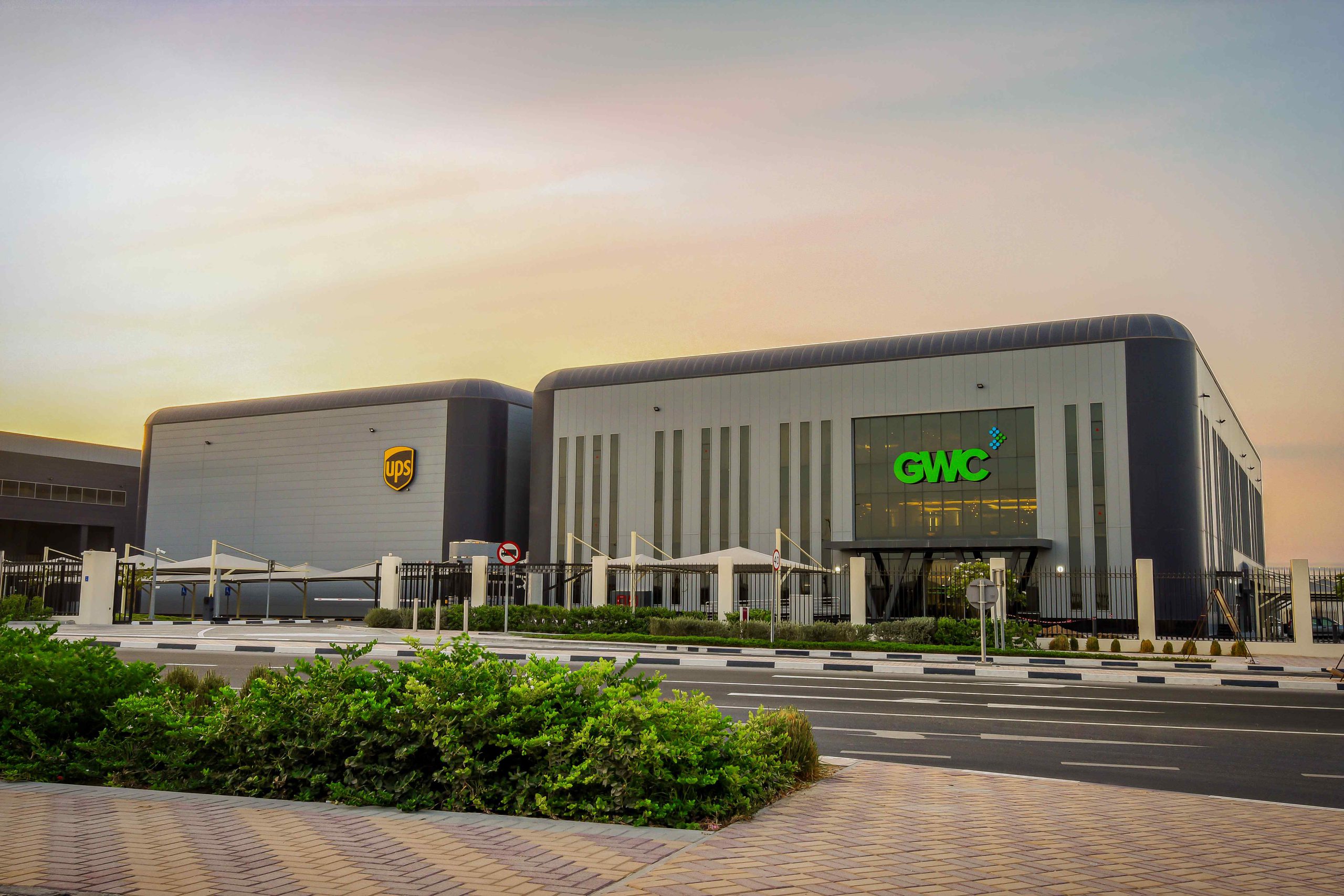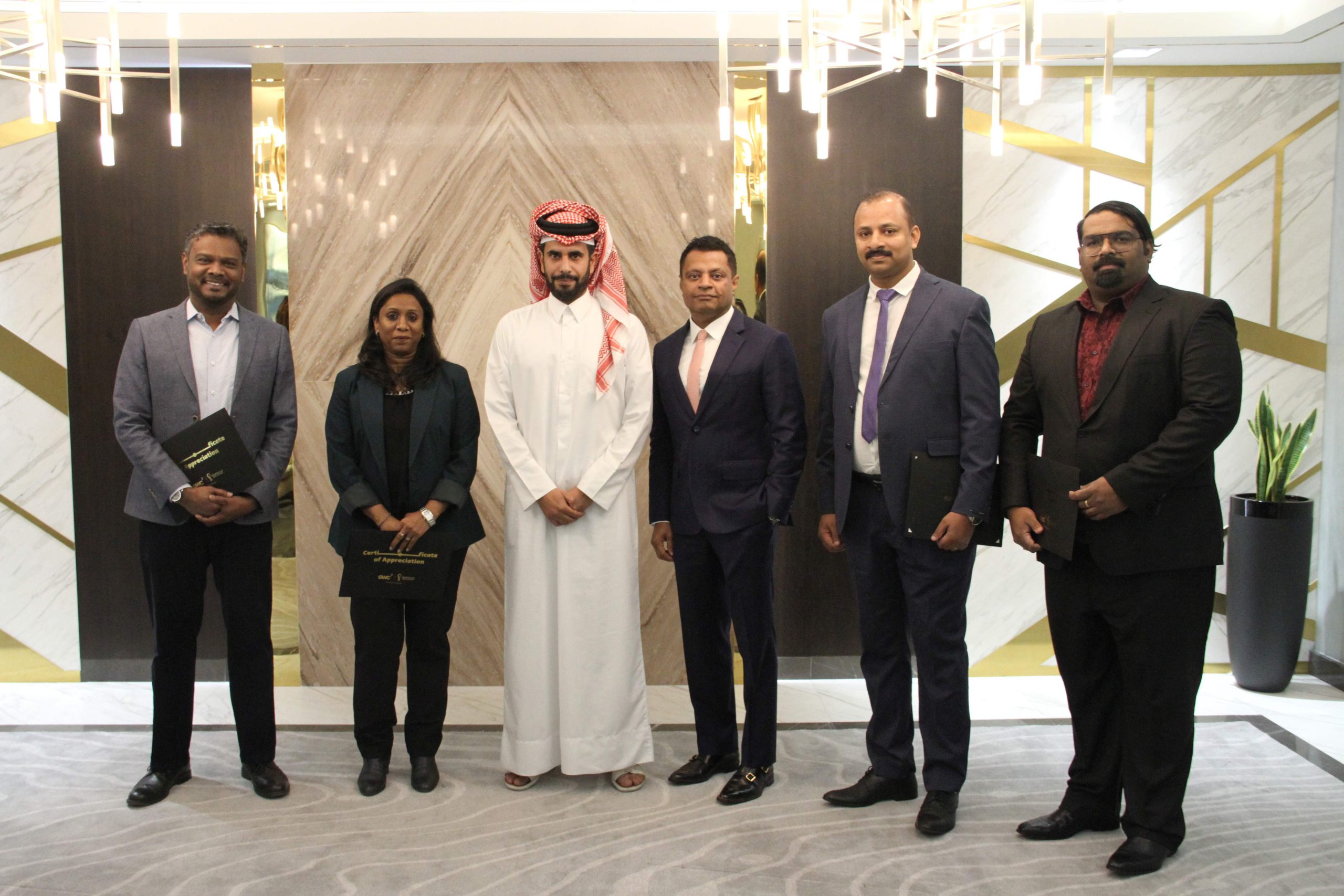Scoring a Goal with Reverse Logistics
We all know forward logistics – about moving goods from Point A to Point B. This is the intuitive route when we think of shipping and warehousing. But the question is, how familiar are we with the term ‘Reverse logistics’?
Reverse logistics is about moving goods back from Point B for the purpose of return, refurbishment, disposal, or recycling. It encompasses all of the logistics activities performed in supporting products sold to customers, refurbishing returned goods, and disposing of end-of-life goods. Integrating reverse logistics into the value chain enables a far greater level of sustainability driven by vision, foresight, planning, and careful execution.
Case in point being the FIFA World Cup Qatar 2022™ where we can look at a great example in the form of Stadium 974 – one of the 8 Official FIFA World Cup Venues. The stadium is designed to be fully dismantled and shipped overseas with an integrated reverse logistics mechanism already in place, along with 170,000 seats from the remaining host-country stadiums.
Thus summarising why reverse logistics should be an integral part of every sustainable business strategy given the aspect of long-term profitability. Let’s look at it in more details:
Adopting reverse logistics for businesses
For any business, an effective use of the reverse logistics model can lead to reduced costs, faster service, managed losses, even unplanned profits!
It starts with a reverse-logistics mindset. Reverse logistics can only be implemented if we change the way that we think about the supply chain and product lifecycle. It’s about capturing and creating new value from areas where you may have recognized, accepted, and even priced-in costs that you felt were a natural part of your business.
A reverse logistics mindset-shift can help unlock value by measuring what can be returned, re-used, refurbished, or recycled. Beyond product value-capture, it will also allow you to manage customer satisfaction and experience, smooth out kinks in your supply chain fulfilment, and balance in-bound and out-bound loads.
Finding an integrated logistics partner
The next logical step is evaluating logistics partnerships and channels – the key being to have a partner who can take you from the point-of-origin to the point-of-use and back again with a fully integrated service.
At GWC, we’ve been investing heavily to support the complete logistics lifecycle, including freight forwarding & clearance, storage & distribution, venue access and reverse logistics. Whether established here in Qatar or enterprises gearing up to meet the demand of the world’s greatest sporting event, our teams are aware of the potential of reverse logistics relating to all types of businesses.
Maintaining the logistics value chain
If forward logistics is like rolling a ball downhill, reverse logistics is just the opposite. Rolling that ball up the hill would essentially need support at every juncture along the way, ensuring security and preserving value through effective tracking and monitoring. Even a single break in the logistics value chain can lead to a knock-on effect that severely reduces the potential of reverse logistics.
Establishing processes and protocols
Identifying the chokepoints and how to handle them is the next big step in managing change. This is particularly true in smaller markets like Qatar, where most of the shipping is passing through customs points. A professional service team that can help to build and manage clear processes quickly and effectively will shorten turnarounds and make sure that all documents, procedures, and expectations are set in advance.
Work with your services team to clearly evaluate and establish the processes that matter to your output, ensuring equipment quality and documentation to make sure that everything arrives as expected in its onward destination. With the right pre-work and services team, reverse logistics is an easy decision.
Disassembly, repair, and return through a defined system
The final consideration in the reverse logistics chain is the repairs, disassembly or refurbishment required before final onward shipping. For many manufactures, this may be simply sorting and packing, but this step varies widely depending on the industry, re-use plans or onwards final destination.
The key is to remember that service doesn’t end at the point-of-turnaround but needs to extend back through the existing value chain, or even creating another through re-manufacturing. Work to match your in-house sales and service team with the starting point manufacturer, the end-point user, and your logistics provider to plan, test, and trial your reverse logistics chain before putting it into full use.
The stronger your partnership, the more value you’ll be able to create and capture on this journey.
GWC – Qatar’s #1 Choice in Logistics

